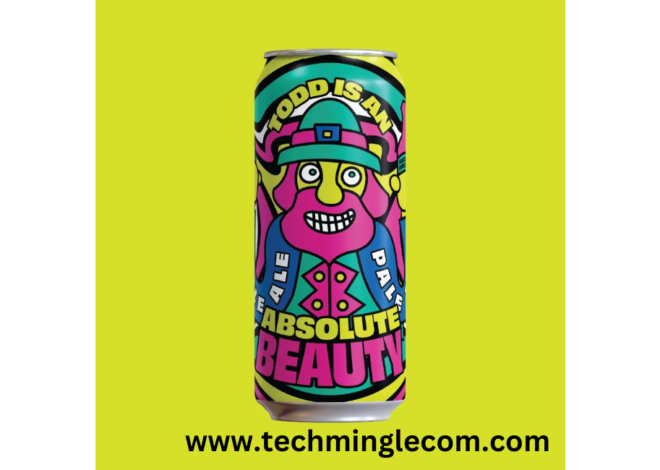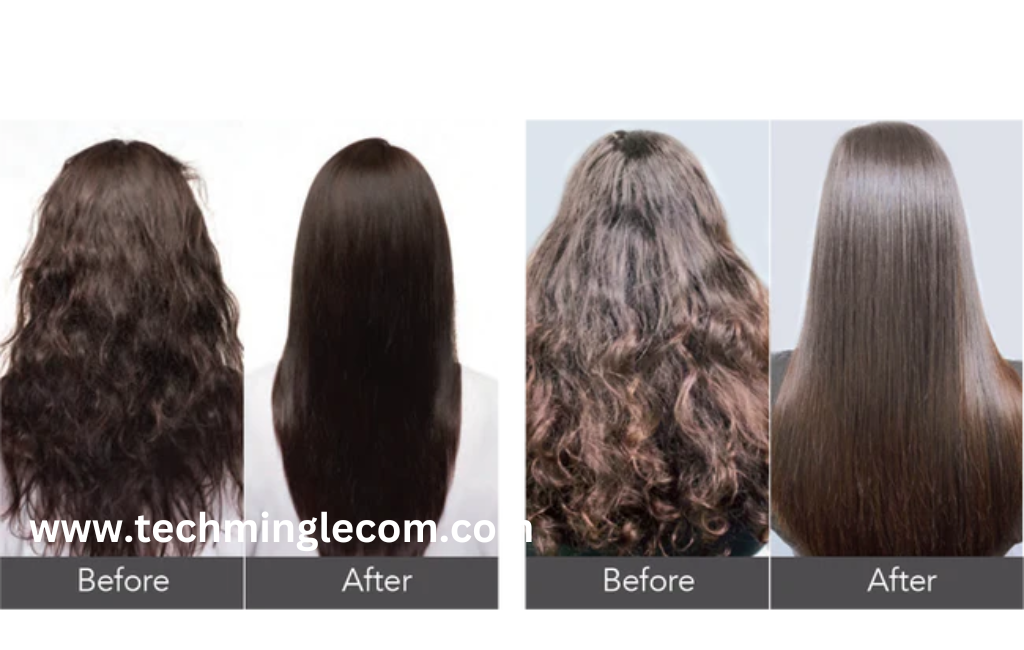
Hair Treatment:100% Easy Tips for Keeping Your Hair Healthy in Winter
Introduction to Hair Treatment
Maintaining beautiful and healthy hair often feels like a full-time job. Hair treatment encompasses a wide range of methods designed to address various hair concerns, from dryness and frizz to thinning and scalp issues. Understanding how to care for your hair and choosing the right treatments can make a significant difference in achieving the hair you’ve always desired.
Understanding Hair Treatment Types
Before diving into treatments, it’s crucial to understand your hair type. Hair can generally be categorized into four types: straight, wavy, curly, and coily. Each type has its own set of characteristics and requires specific care. For instance, curly hair often needs more moisture and anti-frizz products, while straight hair might benefit from lightweight volumizing treatments. Knowing your hair type helps tailor your treatment choices for the best results.
Common Hair Issues

Dryness and Dullness
Dry hair lacks moisture and can appear lackluster. This issue can be caused by various factors, including environmental conditions, improper washing techniques, or product buildup. Treatments that focus on hydrating and nourishing the hair are essential for combating dryness and restoring shine.
Frizz and Split Ends
Frizz occurs when hair lacks moisture and becomes unruly, often due to humidity or heat damage. Split ends are the result of hair strands breaking and splitting at the ends, often caused by over-processing or lack of regular trims. Addressing these issues involves using products that seal moisture and regularly trimming the ends.
Hair Loss and Thinning
Hair loss and thinning can be distressing and may result from hormonal changes, stress, or nutritional deficiencies. Treatments aimed at strengthening the hair and promoting growth are crucial in addressing these concerns. These can include topical solutions, supplements, or medical treatments.
Scalp Issues (Dandruff, Itching)
An unhealthy scalp can lead to dandruff, itching, or other issues. Scalp treatments often involve exfoliation and deep cleansing to remove buildup and maintain a healthy environment for hair growth.
Hair Treatment Categories
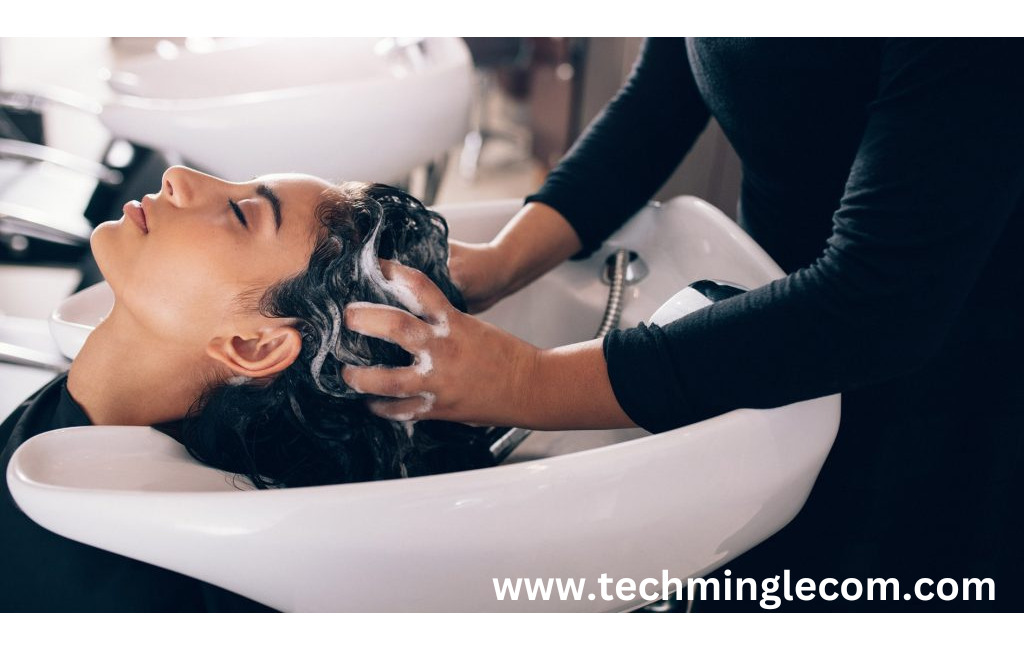
Professional Hair Treatment
Salon Hair Treatment
Salons offer a variety of professional treatments that can enhance your hair’s health and appearance. These include keratin treatments, deep conditioning, and hair coloring. Professional treatments often provide longer-lasting results compared to at-home options.
Dermatologist Consultations for Hair Treatment
For persistent issues such as severe hair loss or scalp conditions, consulting a dermatologist might be necessary. Dermatologists can provide personalized advice and medical treatments to address specific concerns.
At-Home Hair Treatment
DIY Masks and Hair Treatment
Creating hair masks at home can be a cost-effective way to treat your hair. Ingredients like honey, avocado, and yogurt can provide nourishment and moisture. DIY treatments can be customized to address your unique hair needs.
Over-the-Counter Products
Various over-the-counter products are available for different hair concerns. From shampoos designed for dryness to serums for hair loss, choosing the right products can greatly enhance your hair care routine.
Popular Professional Hair Treatment
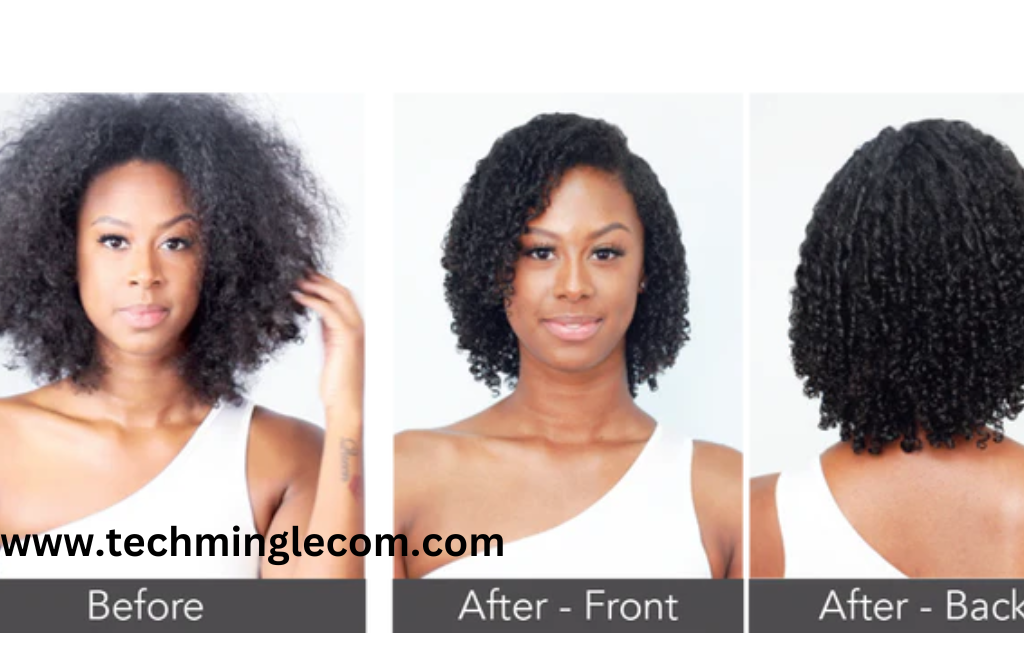
Keratin Hair Treatment
Keratin treatments are popular for their ability to smooth and straighten hair, reducing frizz and improving manageability. The process involves applying a keratin solution to the hair and sealing it with heat. This treatment can last several months, providing a sleek and shiny finish.
Hair Coloring and Highlights
Hair coloring and highlights can transform your look and enhance your hair’s appearance. Techniques range from subtle highlights to bold color changes. Professional colorists can help achieve the desired effect while maintaining hair health.
Scalp Hair Treatment
Scalp treatments focus on exfoliating and nourishing the scalp to promote healthy hair growth. These treatments can include scalp massages, clarifying shampoos, and moisturizing masks.
DIY Hair Treatment and Masks
Hydrating Masks
Hydrating masks are essential for dry hair. Ingredients like avocado, honey, and aloe vera can help restore moisture and shine. Apply these masks weekly for the best results.
Repairing Masks of Hair Treatment
For damaged hair, repairing masks containing proteins and vitamins can help strengthen and repair. Ingredients like egg, coconut oil, and shea butter are known for their restorative properties.
Natural Oils and Their Benefits
Natural oils such as coconut oil, argan oil, and olive oil are excellent for nourishing and protecting hair. These oils can be used as pre-shampoo treatments or added to your regular conditioner.
Choosing the Right Products of Hair Treatment
When it comes to hair care, selecting the right products is essential for maintaining healthy, beautiful hair. “With so many options available, it can be daunting to choose the products that will best meet your needs.Here’s a guide to help you choose the right products for your hair type and concerns.
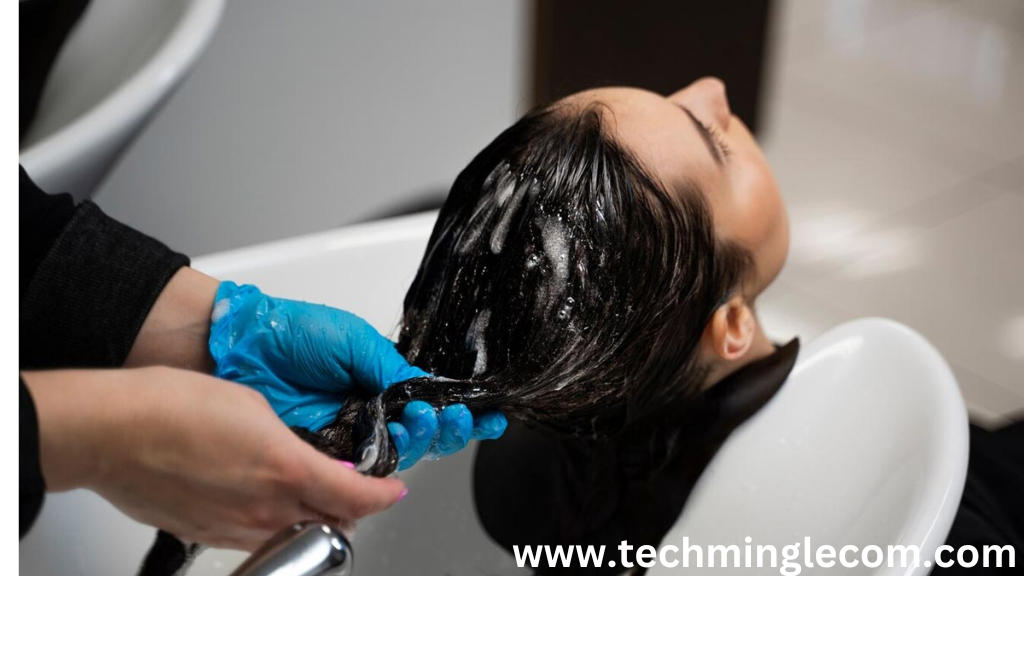
Shampoos and Conditioners
Ingredients to Look For
Moisturizing Shampoos: For dry or damaged hair, look for shampoos that contain moisturizing ingredients like glycerin, hyaluronic acid, or natural oils. These ingredients help to hydrate and restore moisture to your hair.
Volumizing Shampoos: If you have fine or limp hair, opt for volumizing shampoos with ingredients like proteins or polymers that add body and lift.
Color-Safe Shampoos: If you color your hair, choose a color-safe shampoo that is free from sulfates. “Sulfates can remove color from your hair, causing it to fade more quickly.”
Conditioners
Hydrating Conditioners: For dry or coarse hair, use conditioners with rich, emollient ingredients like shea butter or avocado oil. These will help to soften and smooth your hair.
Lightweight Conditioners: For fine hair, a lightweight conditioner that won’t weigh your hair down is ideal. Look for conditioners with volumizing properties or that are labeled as “lightweight” or “rinse-out.”
Deep Conditioners: Use deep conditioning treatments or masks once a week for extra hydration and repair. These products are formulated to penetrate the hair shaft and provide intense moisture and nourishment.
Leave-In Hair Treatments
When and How to Use
Daily Leave-In Treatments: These are applied after washing and conditioning your hair. They can help with detangling, add moisture, and protect your hair from environmental damage. Choose a leave-in treatment based on your specific needs—whether you need hydration, smoothing, or heat protection.
Serums and Oils: Leave-in serums and oils are excellent for adding shine and controlling frizz. They should be applied to damp hair before styling to lock in moisture and protect against heat damage.
Styling Products
Heat Protection
Heat Protectants: When using heat styling tools like blow dryers, curling irons, or straighteners, always apply a heat protectant spray or serum. These products create a barrier between your hair and the heat, reducing damage and helping to maintain your hair’s health.
Other Styling Products
Mousses and Foams: Ideal for adding volume and texture to your hair. They work well for fine hair that needs extra body and lift.
Gels and Pomades: Best for creating defined styles and controlling frizz. These products offer varying levels of hold, so choose one based on the style you want to achieve.
Hairsprays: Useful for setting your style and providing long-lasting hold. Look for hairsprays that offer flexible hold if you prefer a more natural finish.
Avoiding Harsh Ingredients
When choosing hair products, avoid those with harsh ingredients such as sulfates, parabens, and silicones. Sulfates can strip natural oils from your hair, while parabens are preservatives that can irritate the scalp. Silicones may build up on your hair over time, making it look dull and lifeless.
By selecting products that cater to your hair type and addressing specific concerns, you can maintain healthy, vibrant hair and achieve the results you desire.
Lifestyle Factors Affecting Hair Health
Your lifestyle plays a significant role in the health and appearance of your hair. Beyond the products and treatments you use, everyday habits and choices can have a profound impact. Here’s how various lifestyle factors affect your hair health and what you can do to improve it.
Diet and Nutrition
Essential Vitamins and Minerals
A balanced diet rich in vitamins and minerals is crucial for healthy hair growth and strength. Key nutrients include:
Vitamin A: Promotes healthy scalp and hair. Found in sweet potatoes, carrots, and spinach.
Vitamin C: Aids in collagen production and helps with iron absorption. Found in citrus fruits, strawberries, and bell peppers.
Vitamin D: Supports hair follicle health. Sources include fatty fish, fortified foods, and exposure to sunlight.
Vitamin E: Acts as an antioxidant that helps repair and build tissue.Found in nuts, seeds, and leafy green vegetables.
Iron:Iron is crucial for hair growth and helps deliver oxygen to the hair follicles. Found in red meat, beans, and fortified cereals.
Biotin:Biotin is a B vitamin that helps strengthen hair and nails.”Commonly found in eggs, nuts, and whole grains.”
Hydration
Staying hydrated is vital for maintaining moisture in your hair and scalp. Drink plenty of water throughout the day to keep your hair healthy and prevent dryness.
Stress Management
Impact of Stress on Hair
High levels of stress can lead to hair loss conditions like telogen effluvium, where hair prematurely enters the shedding phase. Stress can also exacerbate scalp issues and lead to hair thinning.
Stress Reduction Techniques
“Include stress-reducing practices in your daily routine, such as:”
Exercise: Regular physical activity helps reduce stress levels and promotes overall health.
Mindfulness and Meditation: Techniques like mindfulness meditation and deep breathing exercises can help manage stress and improve mental well-being.
“Adequate Sleep: Aim for 7-9 hours of quality sleep each night to promote overall health and recovery.”
Hair Care Routine in Hair Treatment
Regular Washing and Conditioning
Maintaining a consistent hair care routine is essential for keeping your hair clean and healthy. Wash your hair regularly with a gentle shampoo suited to your hair type and condition it to keep it moisturized.
Avoiding Overwashing
While regular washing is important, overwashing can strip natural oils from your hair, leading to dryness and damage. Adjust the frequency of washing based on your hair type and scalp needs.
Gentle Handling
Handle your hair gently to avoid breakage. “Use a wide-tooth comb to gently detangle wet hair, and avoid brushing aggressively.””Gently pat your hair dry with a towel instead of rubbing it.”
Protecting Your Hair
Sun Protection
Exposure to UV rays can damage your hair, causing it to become dry and brittle. “Shield your hair by wearing a hat or applying hair products with UV filters.”
Avoiding Heat Damage
“Minimize the use of heat styling tools and always apply a heat protectant beforehand.”Allow your hair to air-dry whenever possible to minimize heat exposure.
Avoiding Chemical Overuse
“Regular chemical treatments, like coloring or perming, can weaken and damage your hair.”Give your hair time to recover between treatments and opt for gentler, less frequent chemical processes.
Preventing Hair Damage
Heat Protection
“Always apply a heat protectant when using heat styling tools to reduce damage.”Avoid using high temperatures and limit the use of heat tools to prevent hair damage.
Avoiding Chemical Overuse
“Regular chemical treatments, such as coloring or perming, can weaken your hair.”Limit the use of chemical treatments and give your hair time to recover between sessions.
Consulting a Professional for Hair Treatment
When to Seek Professional Advice
If you experience persistent hair issues or noticeable changes in hair health, consulting a professional can provide valuable insights and tailored hair treatment.
How to Choose the Right Specialist
Choosing the right hair care specialist involves researching their qualifications, reading reviews, and discussing your hair concerns. A skilled professional can offer effective solutions and guidance.
Conclusion
In summary, hair treatment is a multifaceted approach that involves understanding your hair type, addressing common issues, and selecting the right treatments. Whether opting for professional services or at-home remedies, maintaining a consistent routine and making informed choices can lead to healthier and more beautiful hair. Embrace these tips and treatments to achieve the hair of your dreams!
FAQs about Hair Treatment
What are the best treatments for dry hair treatment?
Hydrating masks, natural oils, and moisturizing shampoos and conditioners are excellent for treating dry hair. Regular deep conditioning and avoiding heat damage can also help.
How often should I get a professional hair treatment?
It depends on your hair type and concerns. Generally, professional hair treatment can be scheduled every 6-8 weeks, but consult your stylist for personalized recommendations.
Can DIY hair masks be as effective as salon treatments?
DIY hair masks can be effective, especially with the right ingredients for your hair type. However, salon treatments often offer more targeted solutions and longer-lasting results.
What should I do if I notice excessive hair loss?
Consult a dermatologist or hair specialist if you experience significant hair loss. They can diagnose the underlying cause and recommend appropriate treatments or lifestyle changes.
How can I improve the health of my scalp?
Maintain a clean and healthy scalp by using gentle shampoos, exfoliating regularly, and avoiding excessive product buildup. Scalp treatments and massages can also promote scalp health.
